
Behind every notorious downfall stood someone brave enough to make the arrest. No spotlight, just grit. These law enforcers chased fugitives and cold-blooded threats to public safety. It took nerve and bold decisions to put the bad guys away. Scroll on and meet those who made sure no one was above the law.
Eliot Ness
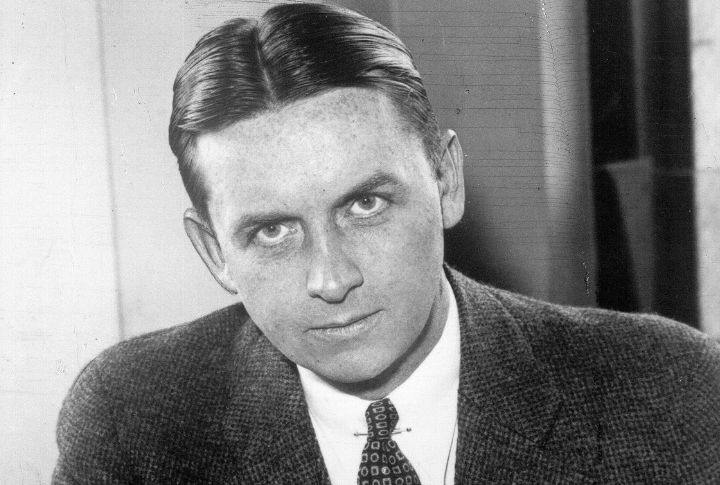
With unwavering resolve, he led the “Untouchables” to enforce Prohibition laws, weakening Al Capone’s empire through raids, though the tax evasion evidence leading to Capone’s conviction was gathered by the IRS. Capone once offered him $2,000 weekly, but he refused.
Bass Reeves
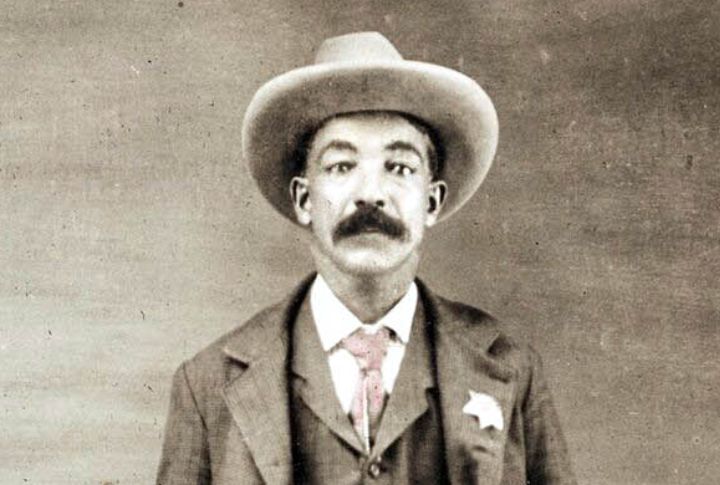
During his time as deputy U.S. Marshal, Bass Reeves arrested over 3,000 felons, including outlaw Bob Dozier. Known for strategic cunning, he used disguises to outsmart fugitives. He once arrested his own son for murder just to uphold the law.
Kate Warne
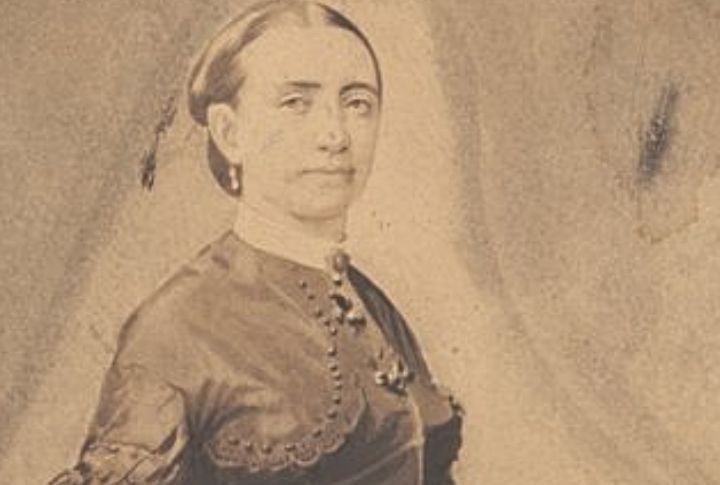
As America’s first female detective, Kate Warne uncovered a plot to assassinate Abraham Lincoln and gathered intelligence by posing as a Southern belle. Trusted by Allan Pinkerton, she handled his most sensitive cases and helped secure Lincoln’s safety during an important train journey.
Frank Hamer
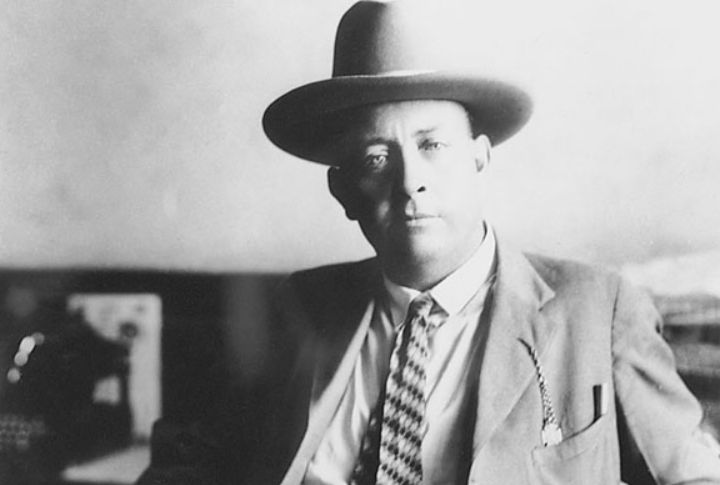
Tasked with stopping notorious outlaws, Frank Hamer led the deadly ambush that ended Bonnie and Clyde’s violent spree. He was involved in numerous shootouts and arrested many criminals, though the exact numbers are uncertain. After retirement, he returned just to stop the duo, using military-style tactics that ensured a swift confrontation.
Melvin Purvis
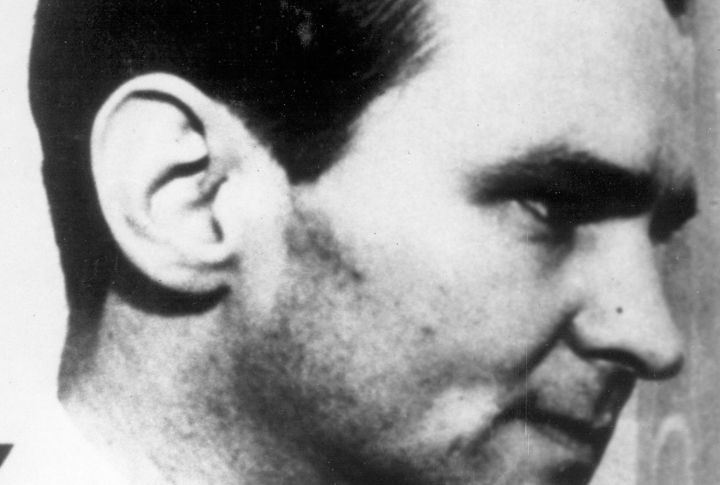
Melvin Purvis took down John Dillinger outside the Biograph Theater and later pursued Baby Face Nelson and Pretty Boy Floyd. Dillinger’s betrayal by the “Woman in Red” helped seal his fate. Some historical accounts suggest Purvis’s rising fame may have caused tension with his boss, J. Edgar Hoover, though this is not universally confirmed.
Joe Pistone
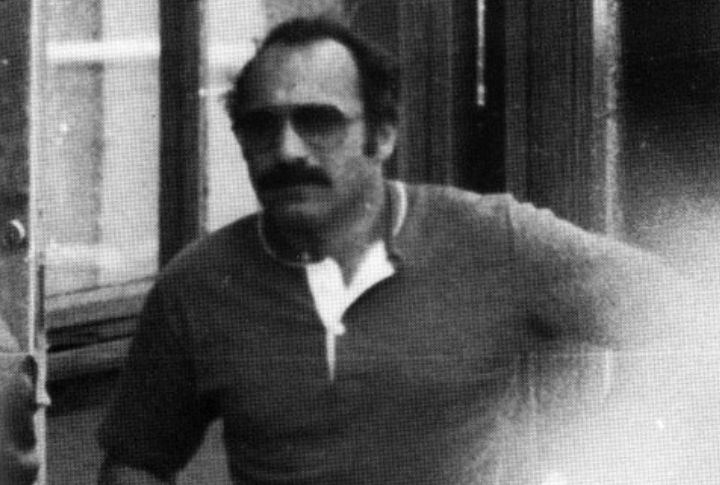
Operating undercover for six years, Joe Pistone infiltrated the Bonanno cartel as “Donnie Brasco,” leading to over 100 Mafia convictions. At one point, he refused to carry out a hit, risking exposure. His deep cover was so successful that he was nearly inducted into the mob.
Thomas Dewey
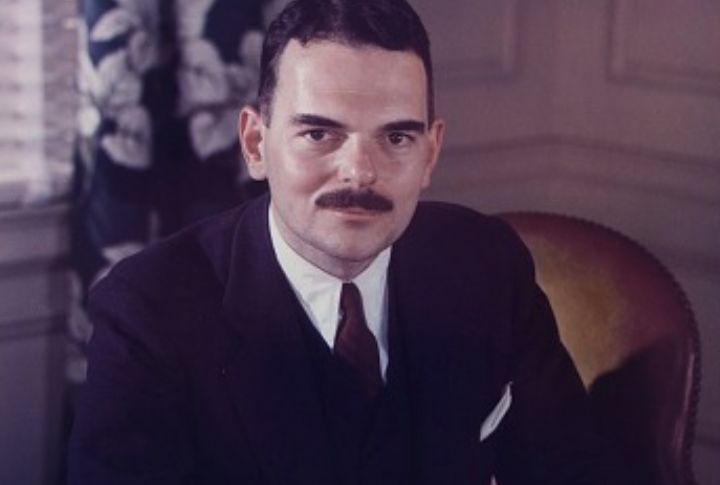
Using legal brilliance, Thomas Dewey prosecuted mob boss Lucky Luciano, securing a conviction on prostitution charges that led to a 30–to 50-year sentence. His courtroom success elevated him nationally, and he later ran for president twice, although neither bid was successful.
Clarence Kelley
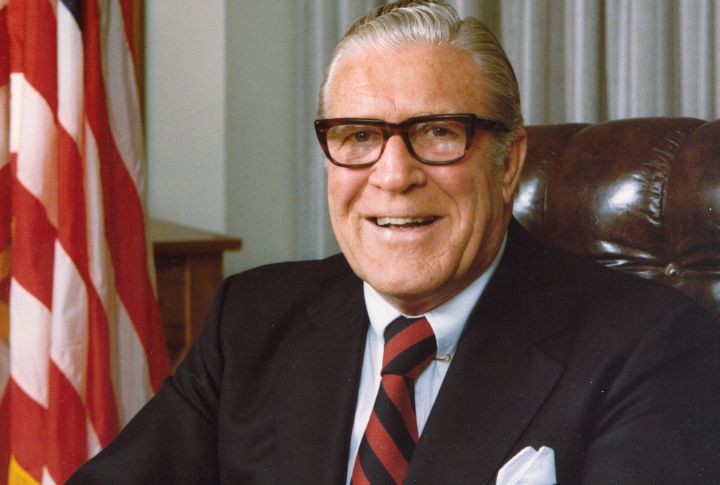
Appointed from outside the Bureau, Clarence Kelley modernized the FBI after Watergate and led major investigations into organized crime and political corruption. As the first Director without previous Bureau ties, he brought fresh leadership. Before that, he served as the police chief of Kansas City, known for his reform efforts.
Sumit Sulan
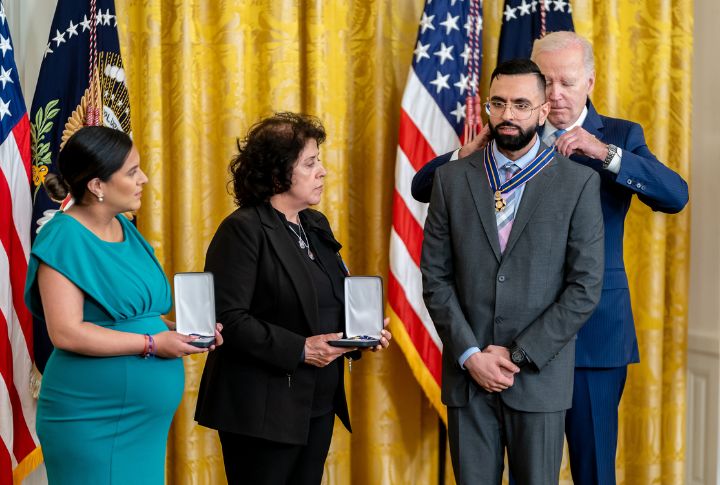
During a moment of extreme danger in 2022, rookie officer Sumit Sulan stopped a gunman who had just killed two NYPD officers, ending the threat within seconds. He later received the Medal of Honor. His quick response prevented further tragedy during a chaotic scene.
Pat Garrett
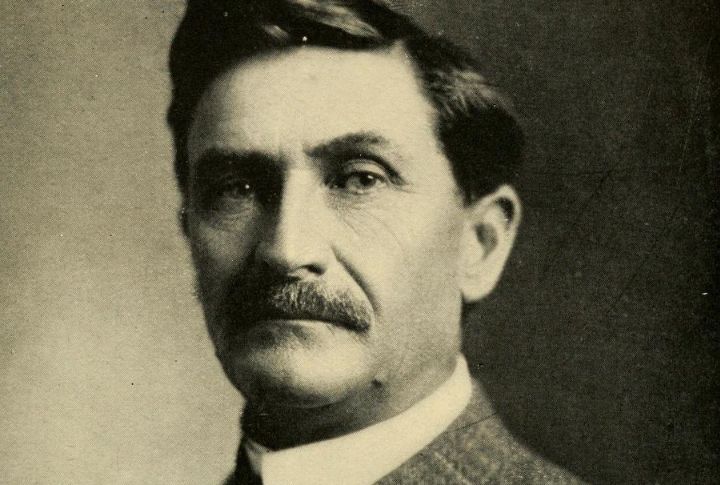
As Lincoln County’s sheriff, Pat Garrett, famously shot Billy the Kid, ending the outlaw’s violent run. He later wrote a biography of the Kid. Some believe Billy faked his death, but Garrett’s account remains the most widely accepted.
William J. Flynn
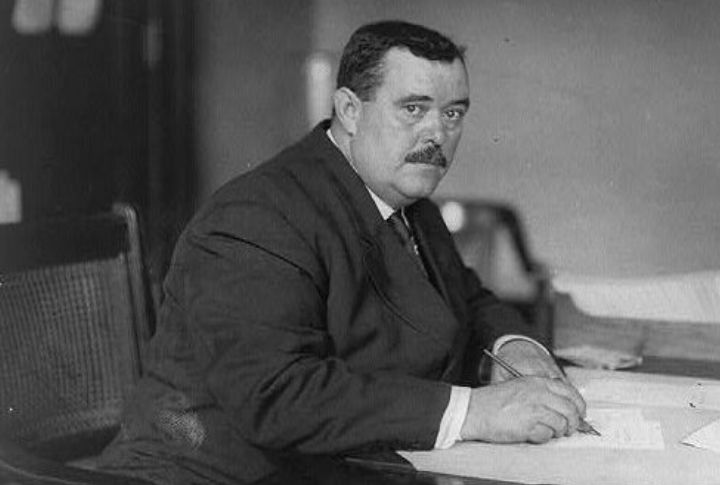
In 1919, Flynn led federal investigations as Director of the Bureau of Investigation, targeting anarchist bombers and Mafia networks across the country. Earlier, he headed the Secret Service and took down the Black Hand extortion ring. Nicknamed “America’s Sherlock Holmes,” his tactics helped shape the future of federal criminal enforcement.
Frank Serpico
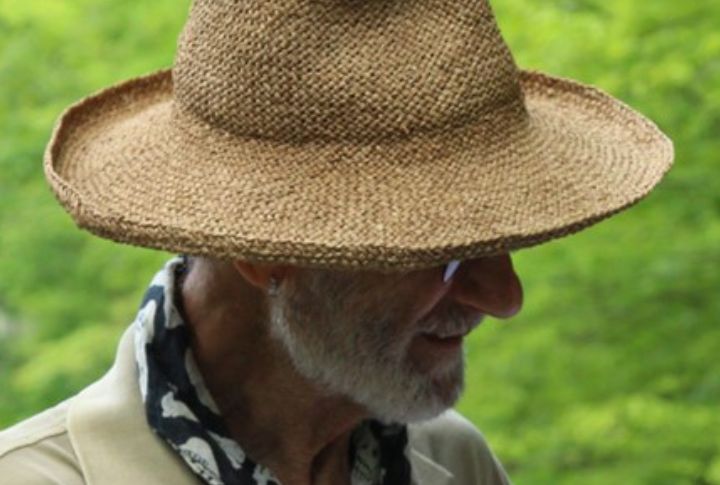
Sparking major reforms through the Knapp Commission’s work, Serpico exposed deep-rooted corruption inside the NYPD. He refused to take bribes while dismantling protection rackets and illegal payoffs. Shot in the face during a raid, he later inspired “Serpico,” a film that brought his struggle for justice to light.
Wyatt Earp
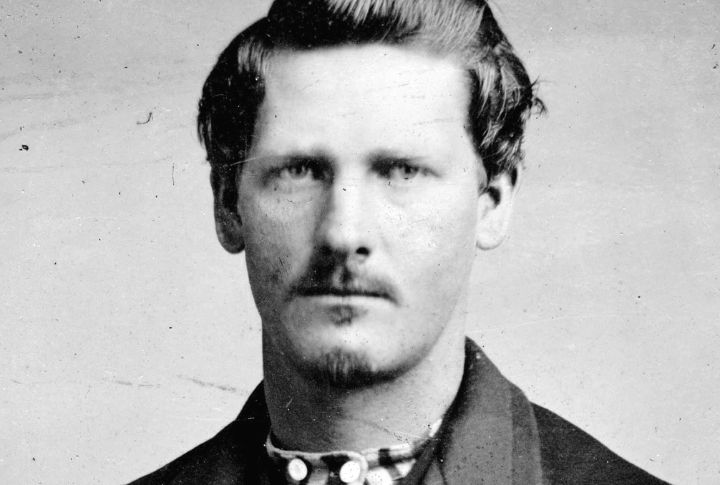
Known for frontier justice, Wyatt Earp participated in the Gunfight at the O.K. Corral, where three outlaws were killed. He served in several lawless towns and later worked in Hollywood as a consultant. Remarkably, he was never wounded in any of his gunfights.
Chris Magnus
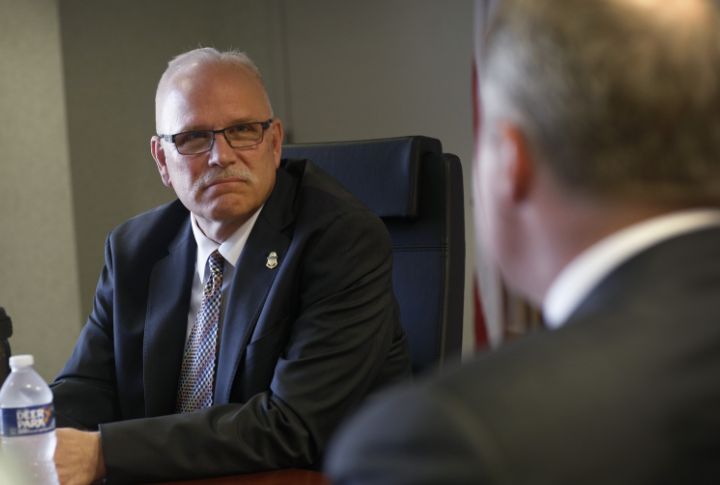
In his role as Tucson’s police chief, Chris Magnus implemented reforms that helped dismantle local drug rings. He emphasized transparency and community policing. During a protest, he held a “Black Lives Matter” sign and later became the Commissioner of U.S. Customs and Border Protection.
John Douglas
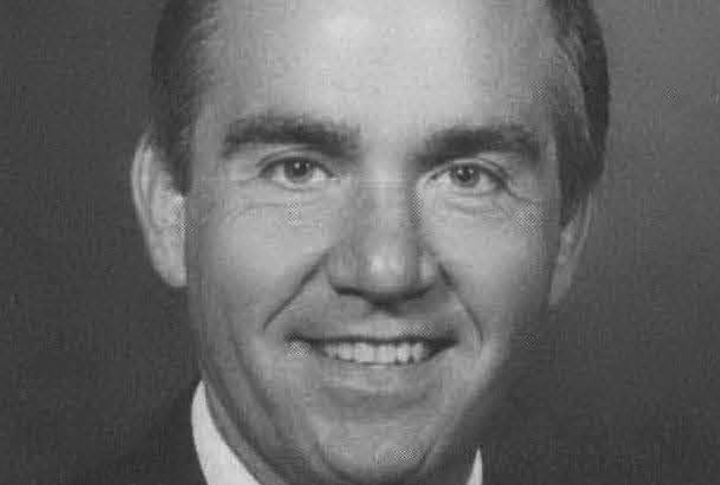
A pioneer of criminal profiling, John Douglas helped capture serial killers like the Green River Killer. His interviews with Charles Manson and Ted Bundy shaped modern behavioral analysis. He later inspired the lead character in Netflix’s “Mindhunter,” which is based on his work.
Virginia Hill
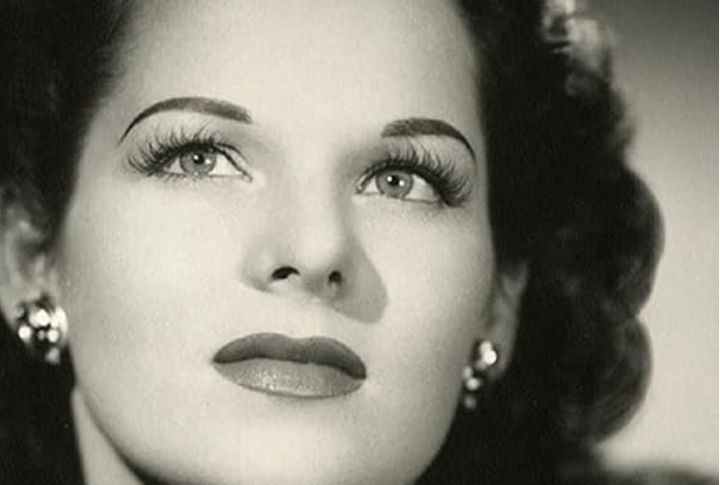
Operating inside mob circles, Hill provided testimony against mob figures in federal investigations into organized crime in Las Vegas. Known as the “Queen of the Mob,” she died in Austria in 1966. It was officially ruled a suicide by overdose, though some speculate a mob connection without conclusive evidence.
Eric O’Neill
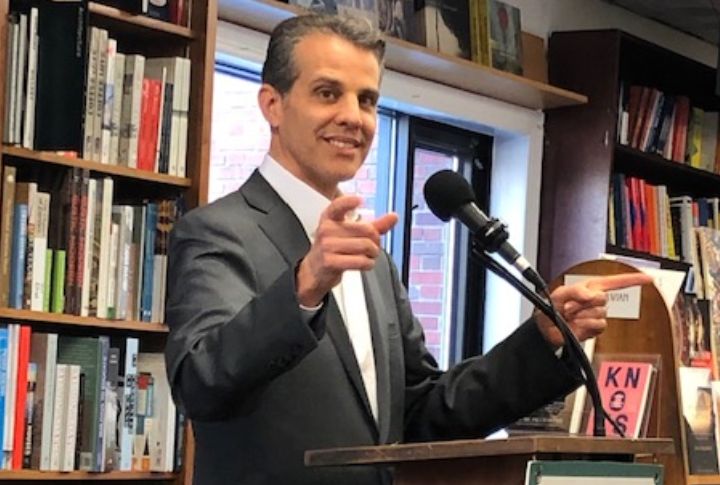
While posing as Hanssen’s assistant, Eric O’Neill exposed the FBI agent as a Soviet spy, ending one of the worst intelligence breaches in U.S. history. Hanssen had spied undetected for over 20 years before his arrest in 2001.
Tom White
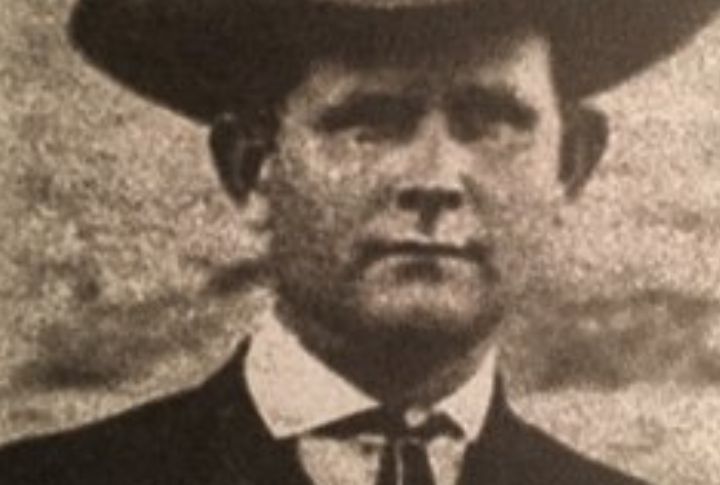
By leading the FBI’s Osage murder case, Tom White brought justice to a conspiracy targeting wealthy Native Americans in the 1920s. He used undercover agents disguised as cowboys and brought justice to a community under siege.
James McParland
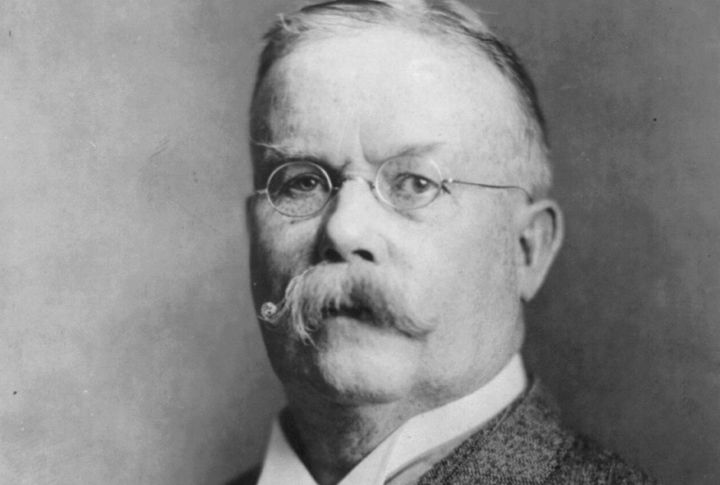
Working for the Pinkerton Agency, James McParland infiltrated the Molly Maguires, a secret society of coal miners, and testified in trials that led to multiple murder convictions. His story later inspired the 1970 film “The Molly Maguires,” starring Sean Connery.
Johnny Broderick
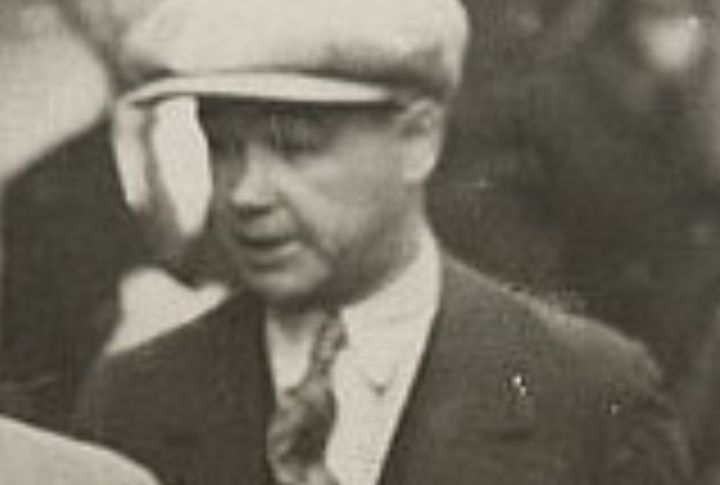
As one of NYPD’s most feared detectives, Johnny Broderick arrested mobster Legs Diamond multiple times during Prohibition. He was so feared that gangsters crossed the street to avoid him. In one incident, he punched a mobster in front of reporters and was promoted afterward.

